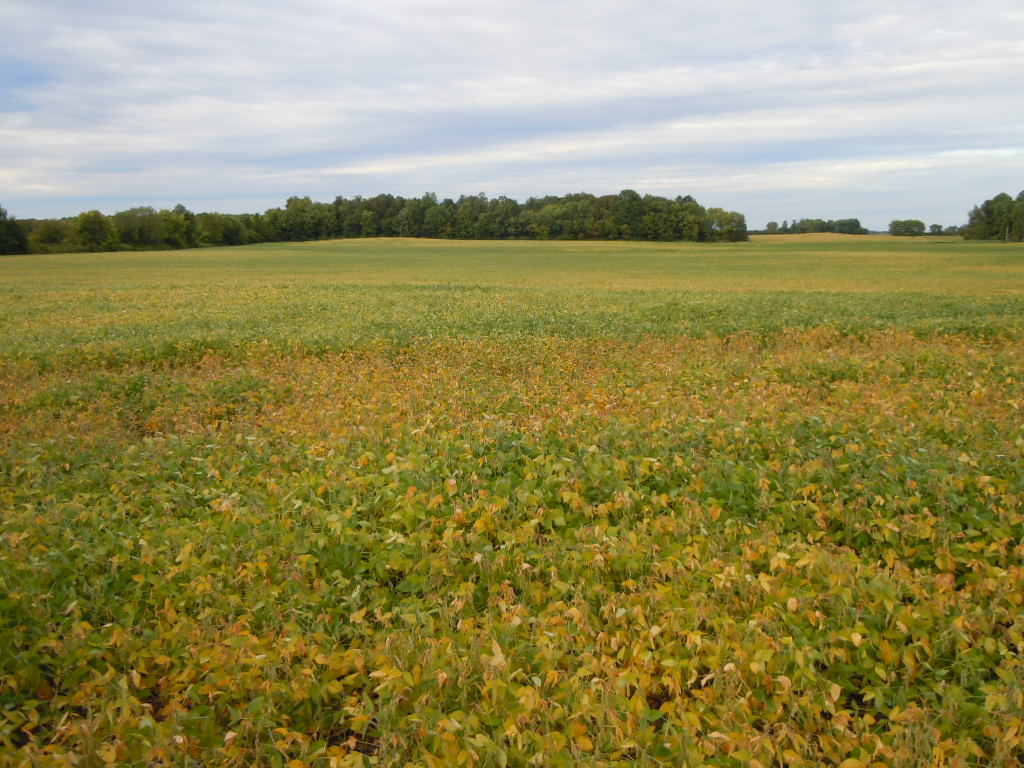When to apply cover crops into soybeans
For some time I have promoted aerial applying cover crops into standing cash crops. We have a pretty definitive maturity set for corn when it comes to aerial application. But there is some question of when to fly cover crops into soybeans. The range of discussion on this topic usually goes from 50% yellow leaf […]
When to apply cover crops into soybeans Read More »
